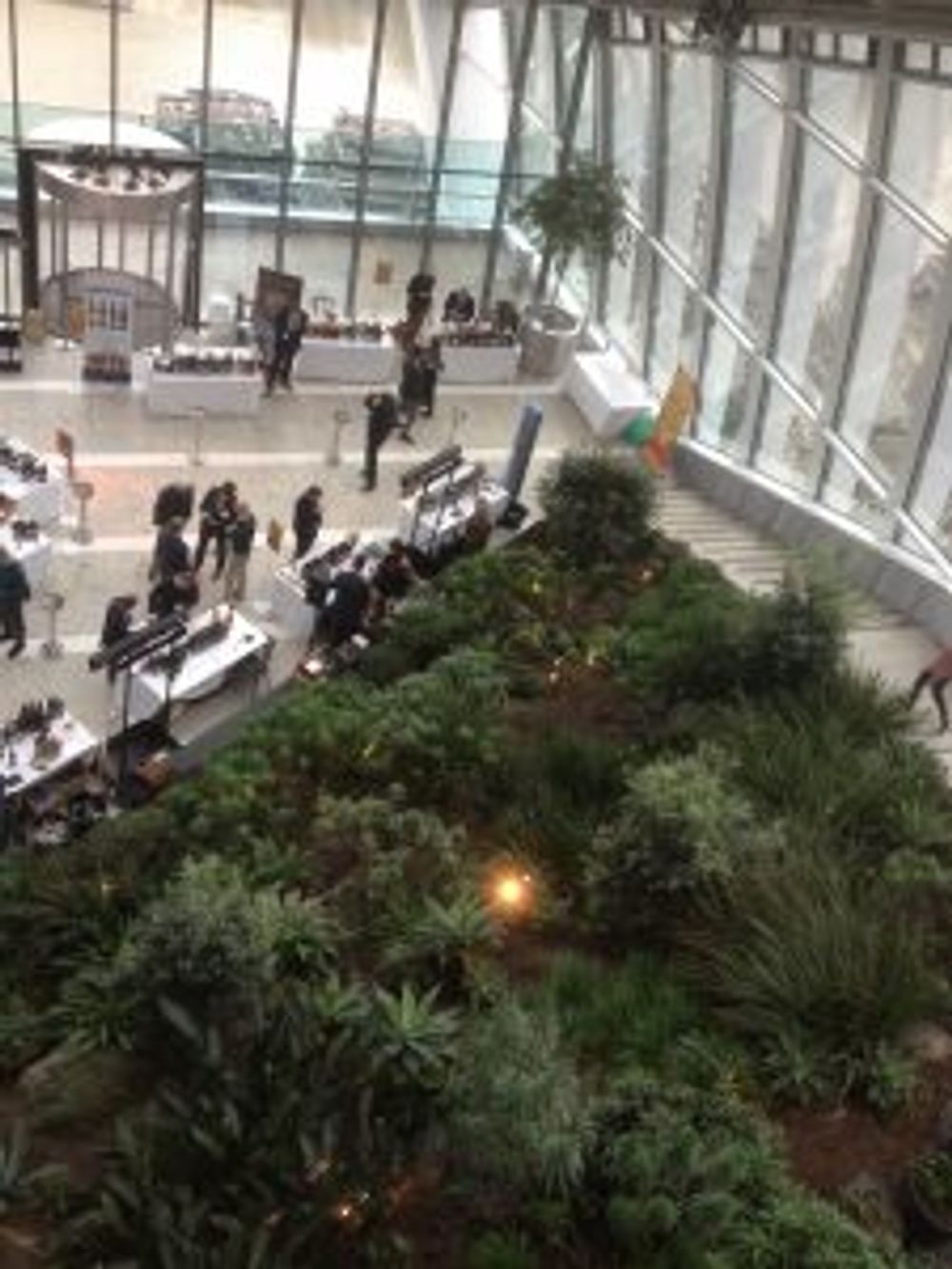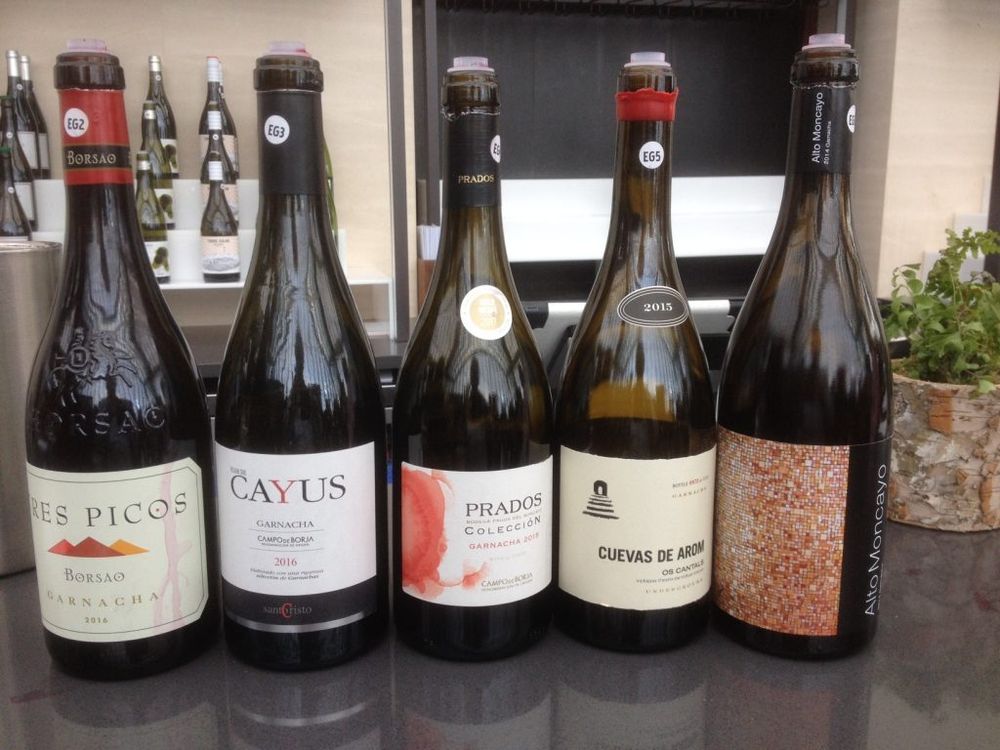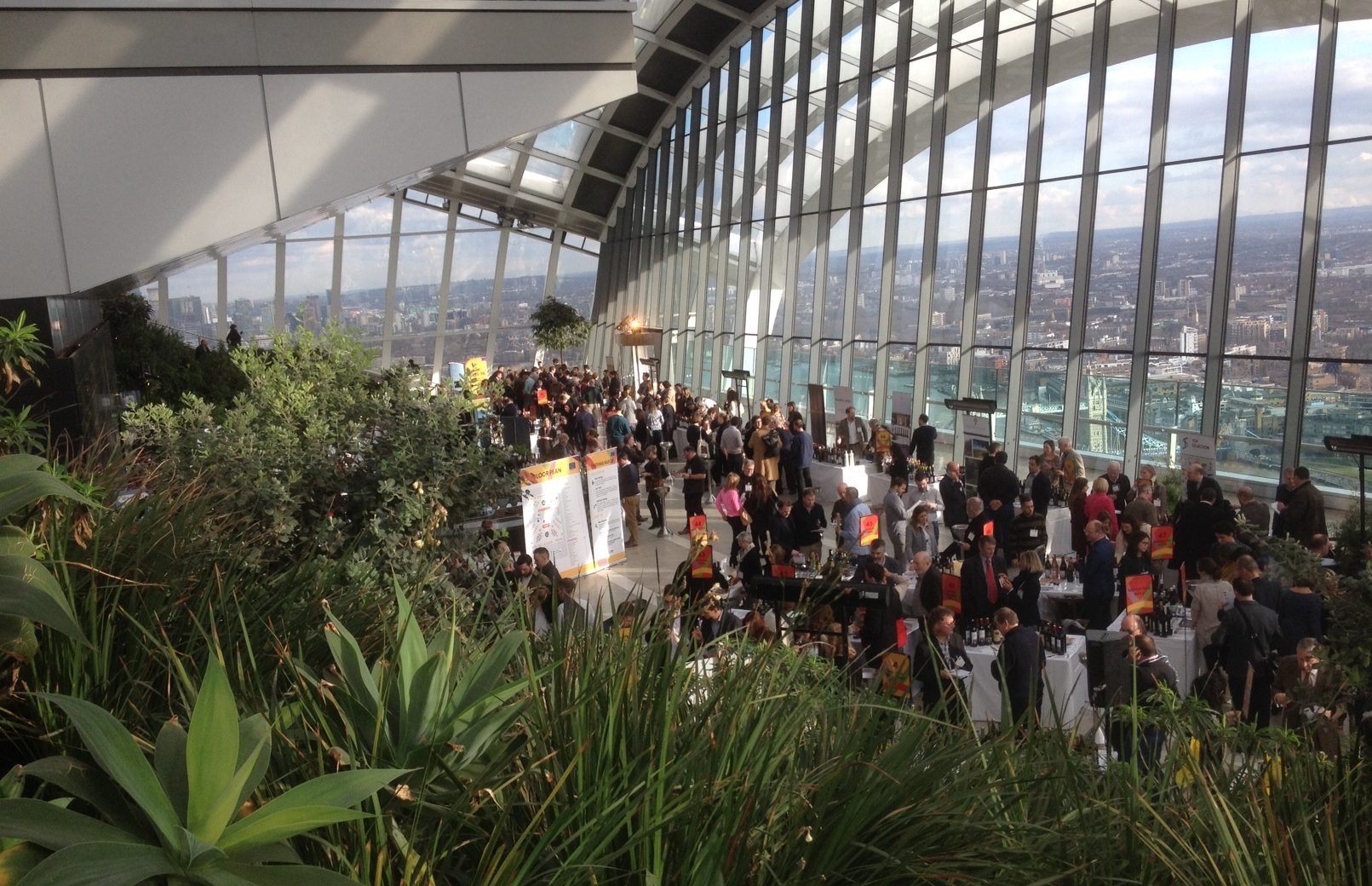The Wines From Spain 2018 tasting had more variety this time round with much more in the £12-20 price categories than in previous years.
If I’m honest, I really wasn’t quite sure what to expect from this Wines From Spain tasting.
First, that word From. Why “from” when other generic bodies – South Africa, Germany, Portugal, Argentina, to name but four – all use “of”? It had me wondering: is Spain’s wine body trying to put distance between the country and its wines? “From”, if you think of it, puts the emphasis more on the wine than on its origins. Is this political, an attempt to downplay the Spanish-ness of wines from Catalonia and the Basque region, to denote that wines from these regions are “from Spain” but not actually of it? It had me wondering.
And then there was the memory of the last time I had attended this tasting, admittedly some years ago. Long tables of familiar-looking labels of young, generally inexpensive wines from Rioja and Navarra, plenty of sherry and some undistinguished whites. But everyone was telling me Spain had changed – the ‘New Spain’, ‘Green Spain’, ‘Emergent Spain’ – so I figured I should take a look.

First impressions were great. A cracking venue – the Sky Garden, at 20 Fenchurch Street – which gave great views of London and when you were on the upper floor, past exotic plants, onto the tasting itself: not for those with vertigo (or indeed, heavy tasters of Priorat or Toro.) Importers around the edge and a few producers in the middle. Speedy half hour master classes conducted on the top floor, in the Evolution Bar, whilst the Innovation Bar, a self-serve table of unusual varieties and regions, showed an impressive taste of the afore-mentioned “new Spain”.

The new white wines were showing particularly well
And it was here I started my tour, with the whites – historically, never a strong point in this red-dominant country – making a strong showing.
The As Sortes 2016 from Rafael Palacios in Galicia (DO Valdeorras) was delicious, rounded with powerful fresh peach and pear aromas – though pricey at an RRP of £42. Better value was the funky Cargol Treu Vi 2016 from Penedes, made with old-vine Xarel-lo; good value at £14 and proof that this Cava grape makes pretty good still wines on its own. Two grapes usually associated with sherry – PX and Palomino Fino – were behind the next two wines, 3 Miradas Cerro Macho 2016 (from Alvear and Envínate in Montilla-Montes in Andalucia) and the Cota 45 UBE Mahina 2015 from Bodegas Cota 45 in Cadiz; both interesting wines with the latter, imported by Les Caves de Pyrene, coming across like an unfortified sherry but with lots of distinct character and nuance.
Amongst the reds, stand-outs included the fermented and barrel-aged Sierra de Tolono Garnacha 2016 from Rioja (Lea & Sandeman), the impressive Superheroe Ribeiro 2015 from Xose Lois Sebio (Hallgarten) an intruiging fruit-driven blend of four local indigenous varieties; and from Majorca (Indigo) 12 Volts 2016 by 4 Kilos, a surprisingly high acidity blend of local varieties Callet and Fogoneu, along with Syrah, Cab Sauv and Merlot.
Moving on, I looked around to find evidence of the dull supermarket Rioja that made such an impression on me last time. Well, there was still quite a lot of it but there was also generally much more variety, of other wines from other regions, and lots of value, with the sub £12 and the £12-20 price points dominant. Region-wise, Catalonia and its DOCs seemed particularly evident with Cava producers – doubtless aggrieved at the rise of Prosecco – at pains to demonstrate the multi-dimensionality of their product.

At the high end, Codorníu Raventós – whose wines showed much better than arch rival Freixenet – showed their delicious Jaume Cordoniu Gran Reserva 2012, an impressive but £70 blend of Chardonnay, Pinot Noir and Xarel-lo; for those whose pockets aren’t that deep, the producer makes a range of Chardonnay and Pinot Noir Cava blends alongside the usual three native Cava varieties Xarel-lo, Parellada and Macabeo.
Britain trashed her currency by voting to leave the EU but cash-strapped importers would find lots to cheer here (with high alcohol from some regions/producers to sooth when those ambitious trade deals promised by Brexiteers fail to materialise).
Lesser known DOs in particular offer great value (think the likes of Somontano and Calatayud), whilst those who like their wines big and complex should reconsider Grenache, especially the remarkably under-priced examples from the Campo de Borja DO south of Zaragoza in Aragon.

The masterclass given by Grenache enthusiast Sarah Jane Evans demonstrated just how versatile and nuanced this grape can be, particularly when hailing from a region which understands it so well. Of the six wines she offered, the high end Alto Moncayo 2014 – £30, apparently a Robert Parker 100 pointer – was impressive, its fruit and smooth rounded tannins helping hide the 16% alcohol (Fine+Rare) whilst the American oak supporting Prados 2015 from Bodega Pagos del Moncayo (Hallgarten) gave the finished wine a lovely rounded mouth-feel; this is a very age-worthy wine that is well worth its £17.20 price tag. But for sheer value, the Coto de Hayas Garnacha Centenaria 2016 from Bodegas Aragonesas (Davy’s) is hard to beat: wonderfully ripe dark berry fruit but also impressive freshness and balance, and just £12.
So were there any downsides to the tasting?
Well, I never thought a major generic tasting in 2018 would still be offering those tiny tasting glasses of yesteryear but here they were, not exactly giving the complex aromas and tastes of Priorat or Ribera del Duero much of a chance.
And the absence of food (not even Carr’s water biscuits) felt an issue. I mean, I know the cost and logistics of supplying manchego and jamon to such a large crowd would be considerable but it really should be something at least individual producers and importers should consider. These wines, and especially the reds, are food wines par excellence and to taste one after another just like that, out of a tiny glass, seems wrong.
“I have to tell you, this is not how my wines are meant to be consumed,” says Alfredo Arribas, head winemaker and owner at his eponymous winery in the Priorat region of Catalonia (Genesis Wines).
An architect as well as a winemaker, Arribas is a prime example of the new Spain. This is clear in the way he makes his wines – his reds, at around 14% alcohol, are restrained by Priorat standards, with freshness a key factor – and in the number of them. Eight were on show at Wines From Spain, of which the Negre de Negres 2015 (a blend of Grenache, Carignan and Syrah), £22.80 and the delicious high end Tros de Clos 2015 (100% Carignan), £45.80. But these were just the tip of the iceberg.
“Typically, I make around 30 wines – some of these are tiny parcels of around 1000 bottles. As an architect, I am always looking for new expressions,” he says.
And so were many of the other producers at this tasting. I’m happy to report that the new Spain is alive and well – and evolving all the time.










































